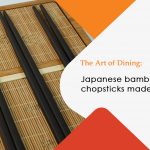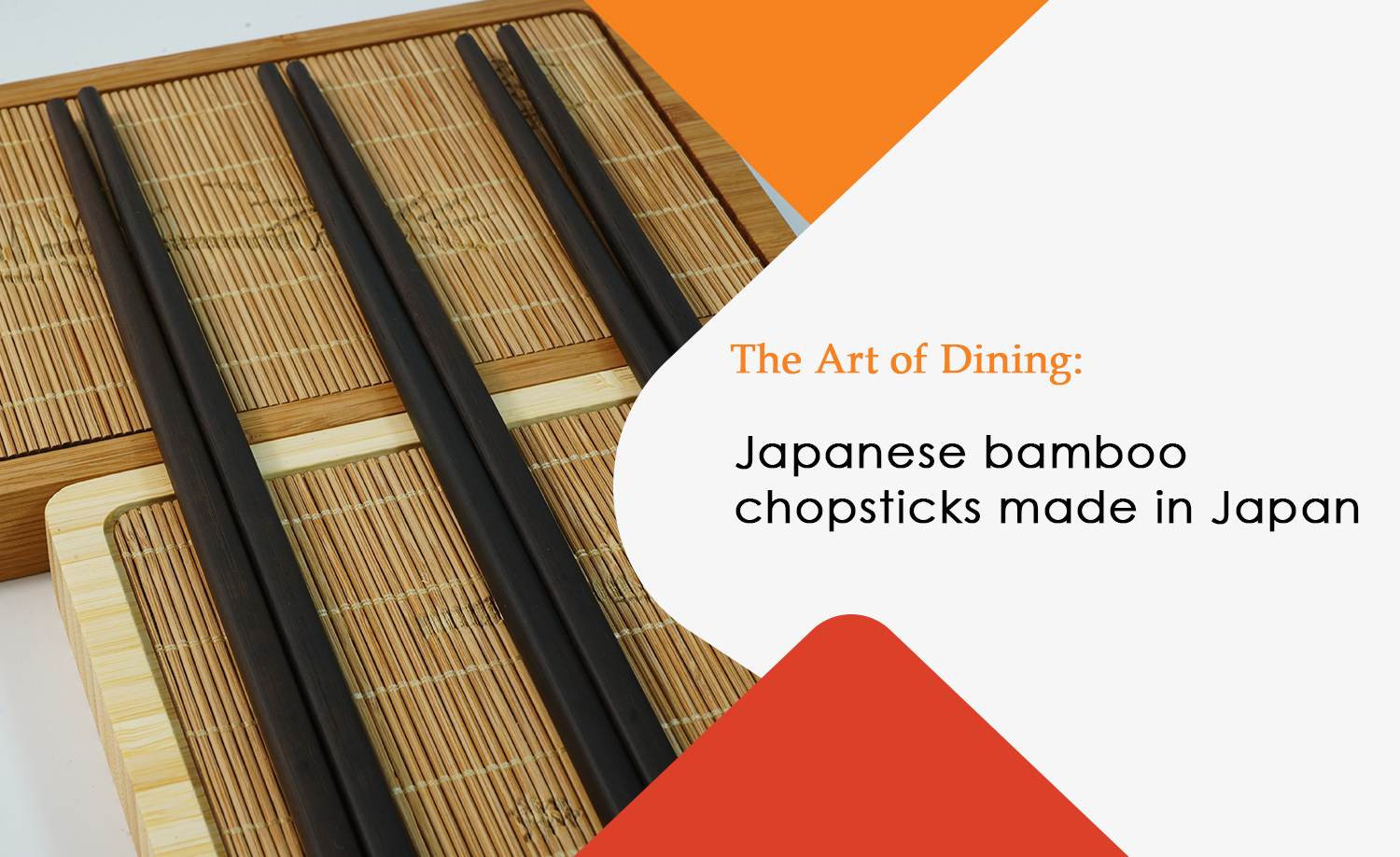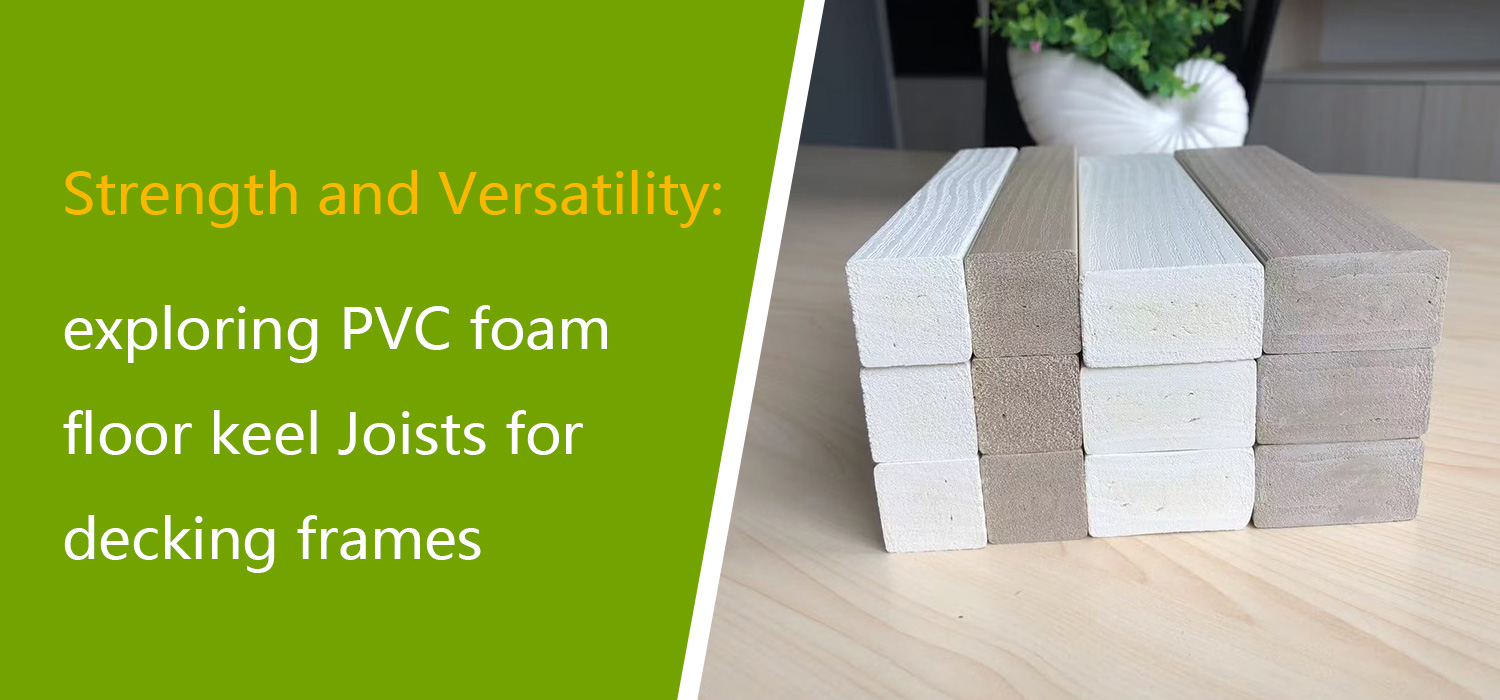Chopsticks, or “hashi” (箸), are more than just cutlery in Japanese culture. They are intricately linked to the nation’s culinary legacy and serve as symbols of custom, artistry, and manners. Japanese bamboo chopsticks, produced in Japan, are distinguished from the many varieties of chopsticks that are available globally by their outstanding quality, artistry, and connection to nature. These chopsticks are a celebration of Japanese craftsmanship, culture, and sustainability rather than only being utensils for eating.
This blog will discuss the significance of Japanese bamboo chopsticks, their distinctive features, and the ways in which they harmoniously combine tradition and practicality.
A Synopsis of Japanese Chopstick History
Chopsticks have a long history in Japan, having been inspired by Chinese culture for thousands of years. Before becoming indispensable dining utensils, early chopsticks were fashioned from crude twigs or sticks and were mostly employed in religious ceremonies. Chopsticks were widely used in Japanese homes by the Heian Period (794–1185), and their design started to take into account the nation’s particular aesthetic preferences as well as its functional requirements.
The shape and purpose of Japanese chopsticks are different from those of Chinese and Korean versions. They are frequently made with elaborate ornamentation, taper to a fine point, and are typically shorter in length. These characteristics make them perfect for managing the tiny portions and delicate items found in Japanese cuisine, like pickled vegetables, sushi, and sashimi.
Why Bamboo?
For ages, bamboo has been a popular material in Japan for making chopsticks, and with good reason. It is the perfect option because of its inherent qualities and cultural significance:
Sustainability
Bamboo is one of the fastest-growing plants on Earth, capable of regenerating swiftly without the need for replanting. This makes it an eco-friendly and renewable resource, fitting with Japan’s cultural emphasis on peace with nature.
Durable and Lightweight
Bamboo chopsticks offer the ideal balance for precise dining because they are lightweight and manageable. They are ideal for daily use since, in spite of their light weight, they are extremely durable.
Beauty in Nature
Chopsticks have a classic, refined look thanks to the warm tones and organic texture of bamboo. In keeping with the wabi-sabi aesthetic (the beauty of imperfection), Japanese craftspeople frequently accentuate this beauty with polishing or simple motifs.
Antimicrobial Qualities
Bamboo is a hygienic material for kitchenware because of its inherent antibacterial qualities. In Japanese dining, where food is frequently presented raw and fresh, this is very crucial.
Japanese Bamboo Chopsticks: Their Artistry
The fine artistry that goes into making Japanese bamboo chopsticks is what makes them unique. Many of these chopsticks are crafted by talented artists using age-old methods that have been handed down through the generations. The procedure is as much an art form as it is a practical endeavor.
- Selection of Materials
Bamboo is not all the same. High-quality bamboo is carefully chosen by artisans and is frequently taken from particular areas of Japan that are renowned for having excellent bamboo forests. The bamboo should not be too old to lose its elasticity, but it should be mature enough to guarantee strength and durability. - Polishing and Shaping
After being gathered, the bamboo is cut into lengths and fashioned into chopsticks. It takes skill to obtain the tapered tips that are characteristic of Japanese chopsticks. After that, the chopsticks are polished and sanded to give them a smooth, pleasant grip. - Finishing and Design
Simple yet tasteful designs decorate a large number of Japanese bamboo chopsticks. While some maintain their natural bamboo appearance, others are lacquered for longevity and a glossy finish. The designs, which frequently include traditional patterns, waves, or cherry blossoms, are a reflection of Japanese aesthetics. - Paying Close Attention to Details
Everything is well thought out, including the tapered tips’ smoothness and weight and balance. Because of this attention to detail, the chopsticks are not only useful but also enjoyable to use.
Features That Set Japanese Bamboo Chopsticks Apart
What is so unique about Japanese-made bamboo chopsticks? They differ from mass-produced alternatives in the following notable ways:
Tiny Tapered Ends
Japanese bamboo chopsticks are perfect for picking up little garnishes or delicate dishes like sushi because of their fine tips. Chopsticks from other civilisations cannot match this accuracy.
Design Ergonomics
Japanese chopsticks are easier to use for longer meals because of their comfortable nature.
Adaptability
Because bamboo chopsticks are robust and lightweight, they may be used with a wide range of foods, including grilled meats and noodles.
Handcrafted Excellence
In contrast to those created by machines, a large number of Japanese bamboo chopsticks are handcrafted, guaranteeing greater quality and durability.
Cultural Importance
Having a pair of genuine Japanese bamboo chopsticks makes every meal more thoughtful and significant by connecting you to a rich cultural tradition.
Chopsticks’ Function in Japanese Dining Etiquette
Chopsticks are more than simply utensils in Japan; they are an essential component of proper eating manners. Respectfully using chopsticks is a way to express appreciation for the food and the cooks.
Important Etiquette Advice: Avoid putting chopsticks upright in rice, as this represents offerings made to the dead at funerals and is unlucky.
Avoid Passing Food Chopstick to Chopstick: This is totally forbidden at the table and resembles a burial rite.
Properly Rest Chopsticks: Instead of setting chopsticks directly on the table while not in use, place them on a hashioki, or chopstick rest.
Possessing a pair of fine Japanese bamboo chopsticks improves the dining experience and promotes awareness of these traditions.
Why Opt for Japanese-Made Bamboo Chopsticks?
Japanese bamboo chopsticks produced in Japan provide a welcome return to sustainability, quality, and tradition in a world of mass production. They are:
Eco-Friendly: Buying bamboo products helps to promote sustainable business practices.
Sturdy and Long-Lasting: Bamboo chopsticks can endure for years if properly maintained.
Aesthetic and Practical: They enhance any eating experience by fusing elegance and usefulness.
Culturally Significant: They embody the spirit of Japanese culture and workmanship.
How to Maintain Your Bamboo Chopsticks Made in Japan
Use these easy maintenance suggestions to prolong the life of your chopsticks:
Avoid using a dishwasher as it may harm the bamboo; instead, hand wash with a light soap and water.
After washing, completely dry to avoid warping or mould.
Keep dry and ideally with a case or chopstick holder.
To keep them from drying out and to preserve their natural lustre, occasionally apply food-safe oil.
In conclusion
Japanese bamboo chopsticks are more than just cutlery; they are a symbol of the nation’s commitment to sustainability, craftsmanship, and history. These chopsticks enhance the authenticity and attention of your meal, whether you’re eating sushi, ramen, or just a bowl of rice.
Selecting Japanese bamboo chopsticks is an environmentally responsible decision that supports international sustainability initiatives in addition to helping traditional craftspeople. Therefore, let these exquisitely made chopsticks serve as a reminder of the craftsmanship and attention to detail that go into each bite the next time you sit down to eat.











